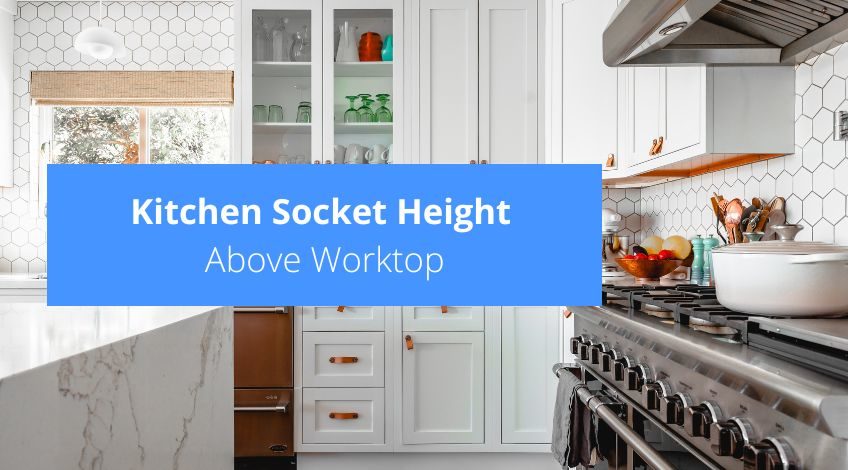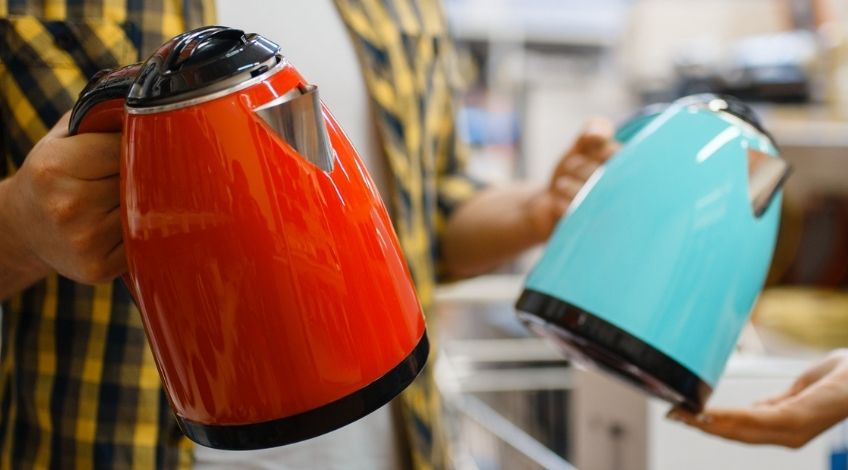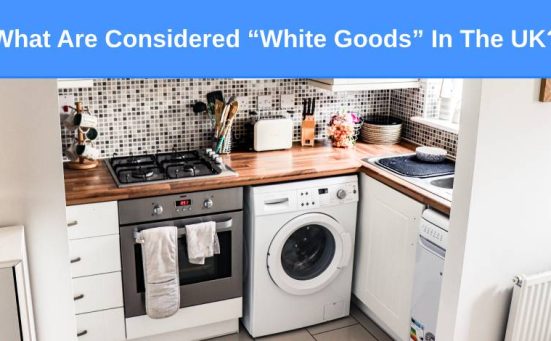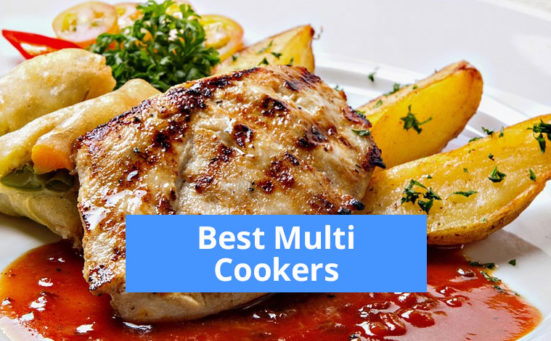
Kitchen Socket Height Above Worktop (must-know regulations)
When installing or modifying kitchen electrical sockets in the UK, it’s important to comply with the latest government regulations: all kitchen sockets must be positioned at least 100 mm (4 inches) above the worktop surface.
This key measure ensures safety and compliance, avoiding potential issues with home insurance or building codes.
In this article, we’ll walk you through the dos and don’ts of kitchen socket placement, the importance of RCDs for safety, and tips for a user-friendly kitchen. Keep reading to learn how to make your kitchen better and safer.
Please note: Before beginning any electrical work, ensure you are fully confident in your abilities. If there’s any doubt, contact a qualified electrician. Also, make sure you’re up to date with the latest building regulations to avoid contravening new rules that could invalidate your home insurance.
UK Socket Height Regulations

As mentioned before, UK building regulations now cover the height of kitchen electrical sockets. However, these regulations do not apply if you’re refurbishing your current home, making improvements, or adding an extension. You can install electrical sockets at the same height as existing ones.
All of the relevant legislation can be found here on the National Inspection Council for Electrical Installation Contracting (NICEIC) PDF. To summarise it states:
- Sockets and switches should be fitted at a safe distance from a sink (at least 30 cm (12 inches) horizontally from a sink).
- Sockets need to be easily accessible.
- Sockets for under worktop appliances should be sited above the worktop by a switched fused connection unit.
- All new sockets have to be protected by a RCD (Residual Current Device).
What Is An RCD?
An RCD is a safety device which cuts electrical power as soon as a fault is detected. It operates automatically, and is designed to save lives and protect against electrocution and fire caused by faulty earth connections etc.
Pro tip: Just as a RCD serves as a safeguard against electrical faults, electricians’ insurance provides a safety net for both homeowners and professionals. This insurance ensures that financial impacts from accidents or damage are effectively managed, offering peace of mind.
What About The Distance Of A Socket From A Hob?
Currently, there are no specific rules relating to the distance of a socket from a hob, but there is a generally accepted non official rule that has become pretty standard over the last few years.
The generally accepted rule is that the sockets should be positioned at least 300 mm (12 inches) from their edge to the top of the hob or freestanding cooker, measured horizontally.
This should create a safe distance to prevent liquids from splashing onto the socket. While 300 mm may appear too far away for practical purposes, it is safer. However, if your existing electrical socket is closer than 300 mm, it does not violate any regulations.
What About The Distance Of A Socket From The Sink?

This is addressed in UK Government law, specifying that kitchen sockets and switches should be installed safely away from a sink—at least 300 mm (12 inches) horizontally. This ensures you won’t touch an electrical socket with wet hands.
So assuming you’re using a standard worktop which will measure 910 mm high, the socket should then sit at around 1060 mm from the floor to the bottom of the socket. As long as the socket is 300 mm above the sink horizontally, you still have plenty of options.
What About Cooker Sockets?
If you plan to cook with electricity, your oven may need to be directly connected to the wall using a flex outlet. Some cookers require a 45A switch on the wall or a cooker control unit, which provides a 45A switch for the oven and a plug socket for additional appliances.
Tiling The Kitchen
If you’re tiling the kitchen, you could ensure the socket starts at a height which allows you to set the tiles around the socket easier. If your worktop has an upstand, we would recommend setting the height of sockets above worktops to be at least 100 mm from the top of the upstand, ensuring that the cable does not kink or get damaged if it needs to bend.
Practical Matters
Currently, UK regulations require that kitchen plug sockets be installed at least 100 mm above any worktop surface. But, if it suits your needs better to place them even higher, that’s OK.
There’s no problem with placing sockets higher than the 100 mm; it’s just any lower which is in breach of the legislation.
How High Should Wall Sockets Be Placed In A Kitchen?

According to UK building regulations, wall mounted sockets should be placed so that they can be easily reached in the room. This gives you plenty of leeway but as a general rule, it is best to install wall sockets anywhere between 450 mm to 1200 mm up from the floor.
How Many Sockets Does A Kitchen Need?
For kitchens of varying sizes and kitchen worktop heights, we recommend installing at least 8 double sockets for areas between 12 to 25 square metres, with adjustments for larger kitchens.
If you consider which appliances you’ll need in your kitchen and allow a double socket for each, and then think about other devices like tablets and smart speakers, etc.
We would suggest installing double sockets with integrated USB outlets in high device traffic areas. Don’t forget about any regulations concerning sockets around sinks and cookers, but remember a lot of work happens in kitchens so you will need plenty of sockets.
It might be a good idea to isolate large appliances such as fridges by using a socket or, more practically, a fused switch for each one. Place these switches out of sight but within easy reach for when you need to access them.
How Many Appliances Can You Plug Into Each Socket?
It’s perfectly fine to use both plugs in a double socket and both USB outlets. Plan your kitchen to avoid needing extension cables for your appliances. Extension cables can be dangerous; overloading a socket with one might cause electrocution or fire.
In the US, extension cables cause around 3,000 fires per year and over 250 personal injuries. We don’t have any data for the UK but you don’t want to run the risk of injury or fire just because you misused a socket by overloading an extension cable.
How Many Appliances Can You Plug Into An Extension Cable?

The problem is that not all electrical devices consume the same amount of power. For instance, an electric kettle uses 20 times more electricity than a fridge, making it hard to accurately calculate the total power flowing through an extension cable at any given time.
Never plug an extension cable into another extension cable. This practice, called “daisy chaining,” can cause overheating and fires.
As a general rule, we recommend only using electrical extension cables which have their own fuse. These will shut off if there is any problem which makes them the safest option.
SEE ALSO: Does A Kettle Use Electricity When Plugged In?
SEE ALSO: Why Do People Put Washing Machines In The Kitchen? (UK)
Frequently Asked Questions
Electrical sockets or switches should be placed at least 300 mm horizontally from a sink and at least 100 mm above a worktop.
Sockets have to be at least 300 mm horizontally from the edge of a freestanding cooker or hob.
You should never overload plug sockets by using extension cables and fitting too many electrical appliances into them.
Also, follow us on Pinterest ...



